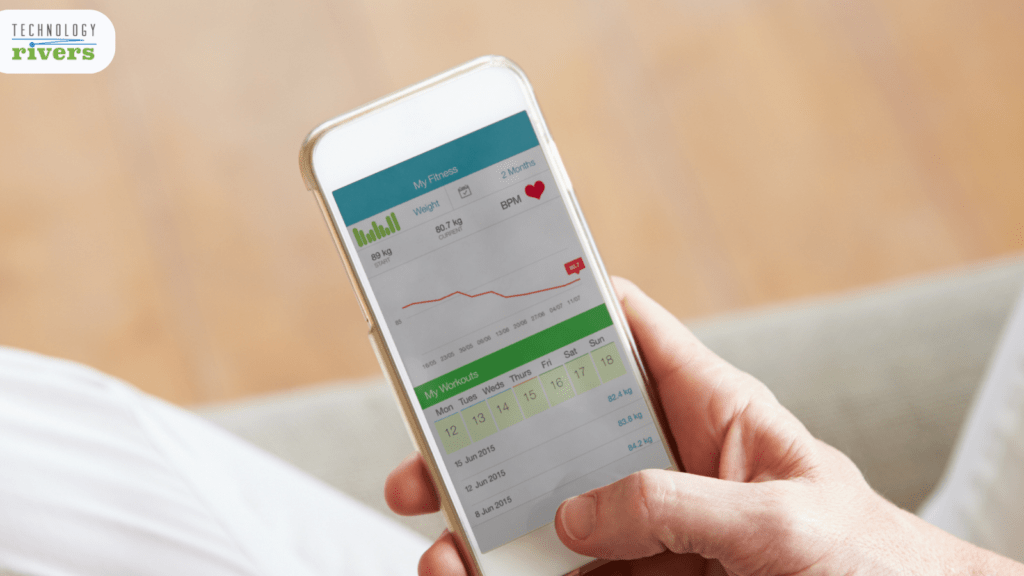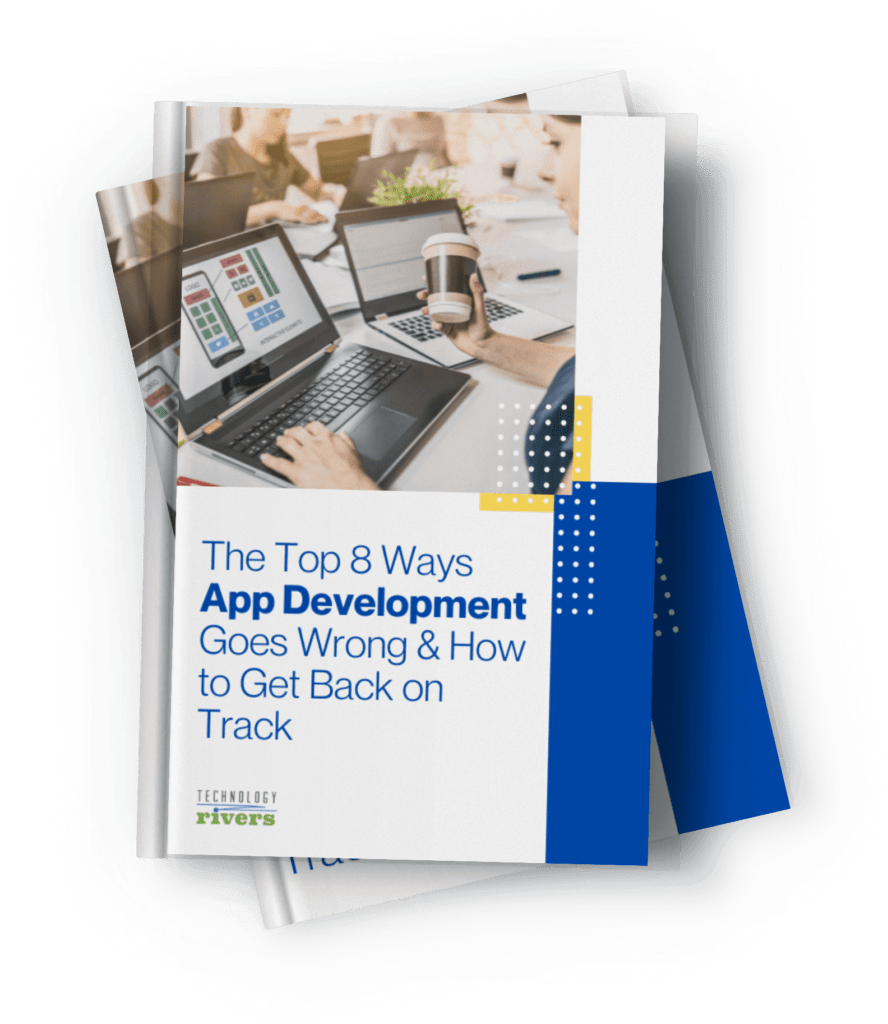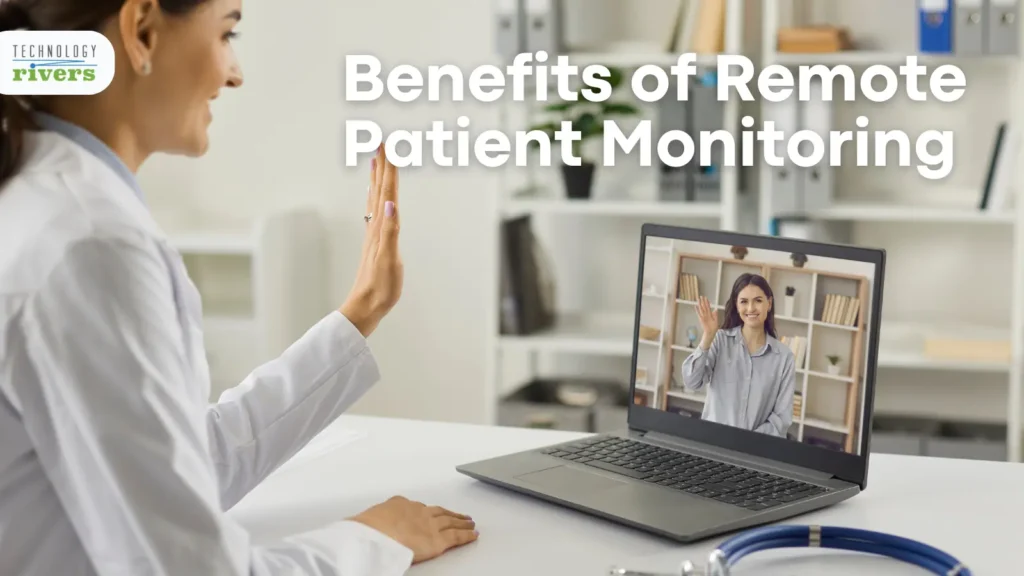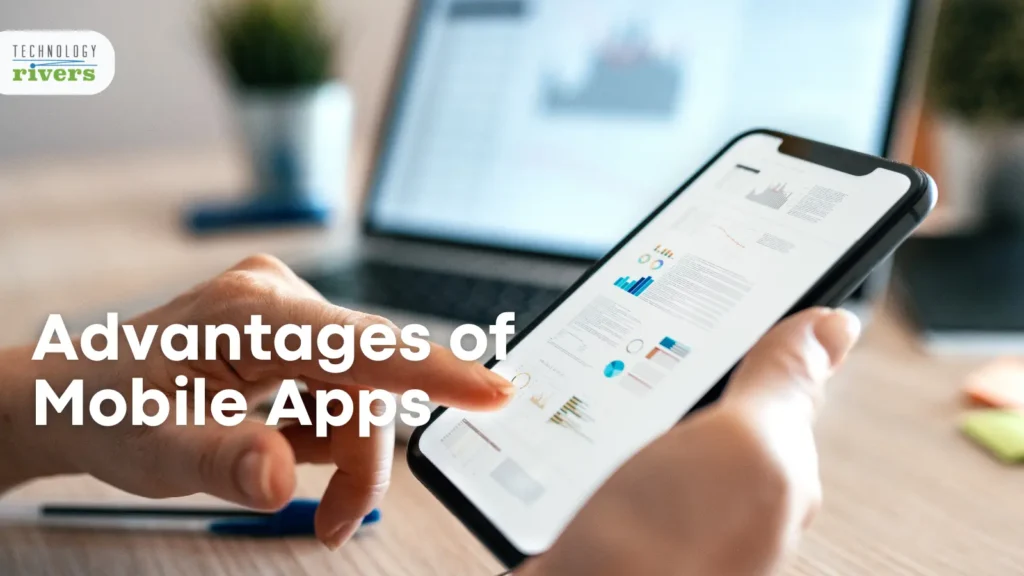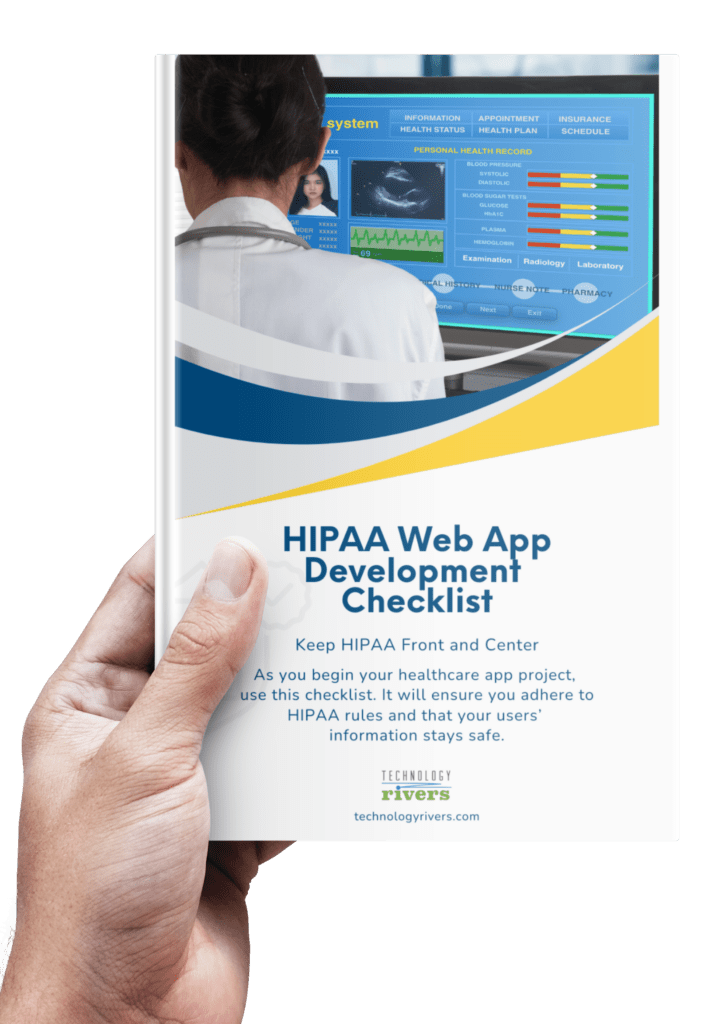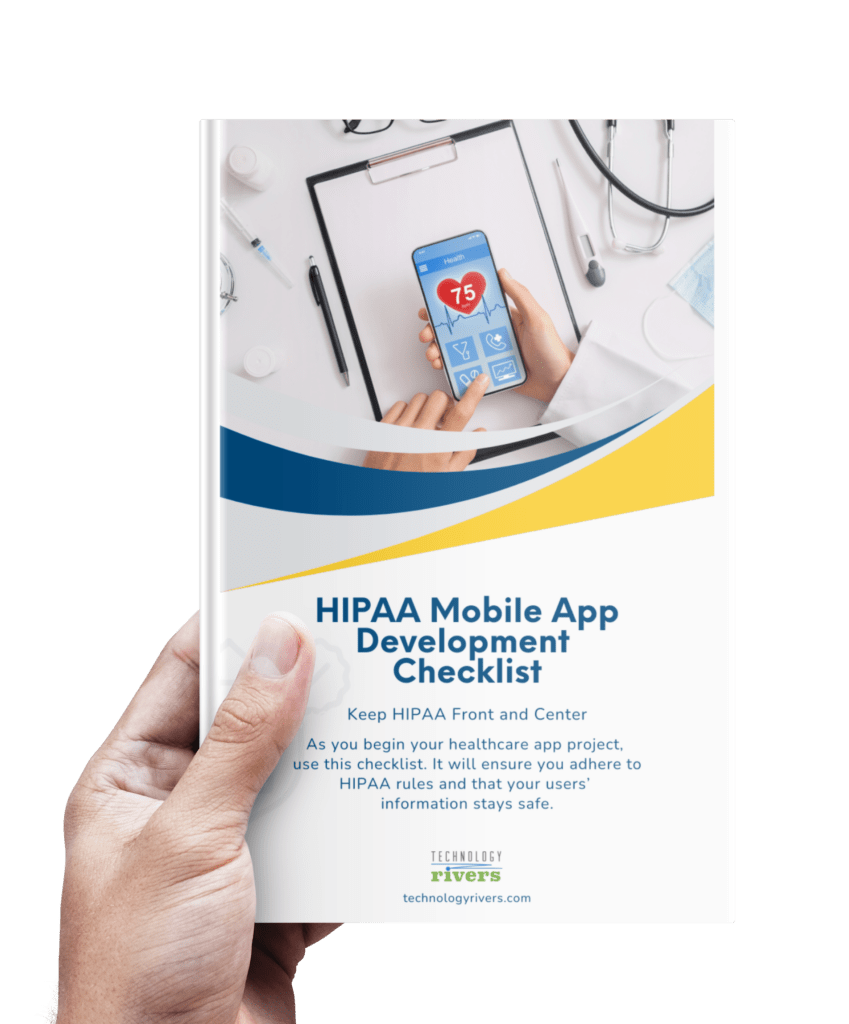In today’s digital era, healthcare providers and organizations are increasingly relying on Software-as-a-Service (SaaS) applications to manage patient data, streamline their operations, and improve overall healthcare delivery.
The advent of SaaS has revolutionized the healthcare industry by offering numerous benefits, including scalability, cost-effectiveness, and ease of access. However, in the context of dealing with sensitive health information, it is crucial to ensure compliance with regulations that protect patient privacy and data security.
As such, developing a SaaS application that meets the stringent requirements of the Health Insurance Portability and Accountability Act (HIPAA) is essential. Compliance with HIPAA regulations ensures the security and privacy of patient data, instilling trust and confidence among healthcare providers and patients.
In this blog, we will provide you with a step-by-step guide to developing a HIPAA-compliant SaaS healthcare application, covering key considerations, best practices, and technical aspects that will help you navigate the complex landscape of healthcare data security.
Understanding HIPAA Requirements
To lay a strong foundation, it is essential to understand the landscape first before delving into the development process. Begin by familiarizing yourself with the fundamentals of HIPAA.
Gain an understanding of its purpose, importance, and core components, including the HIPAA Privacy Rule, Security Rule, and Breach Notification Rule to create a comprehensive compliance strategy to comply with the HIPAA rules.
Security Rule
The Security Rule sets the standards for protecting electronic protected health information (ePHI). It requires the implementation of three types of safeguards: administrative safeguards, physical safeguards, and technical safeguards.
- Administrative Safeguards: These include policies, procedures, and processes that ensure the proper management of ePHI. Examples include conducting risk assessments, implementing workforce training programs, and maintaining contingency plans.
- Physical Safeguards: Physical safeguards pertain to the physical protection of systems, equipment, and facilities that store or process ePHI. They include measures like access controls, video surveillance, and policies for the secure disposal of physical media.
- Technical Safeguards: Technical safeguards involve the use of technology to protect ePHI. They include access controls, encryption, secure user authentication, audit logging, and regular vulnerability assessments.
Privacy Rule
The Privacy Rule governs the use and disclosure of PHI or . It sets the standards for individuals’ privacy rights and outlines the responsibilities of covered entities and their business associates. Understand the requirements related to obtaining patient consent, limiting the use and disclosure of PHI, and providing individuals with access to their health information or medical records.

Business Associate Requirements
Determine if your SaaS application will handle Protected Health Information PHI on behalf of covered entities or other business associates. If so, you will likely be classified as a business associate and will need to comply with additional requirements. Familiarize yourself with the obligations of business associates, including the need to sign Business Associate Agreements (BAAs) with covered entities.
It is crucial to conduct thorough research, consult with legal experts, or hire HIPAA compliance professionals to ensure a comprehensive understanding of HIPAA requirements. Additionally, stay updated on any changes or updates to the regulations to ensure ongoing compliance throughout the development and operation of your SaaS healthcare application.
By understanding the nuances of HIPAA requirements, you can effectively design and implement the necessary safeguards to protect patient data and ensure compliance with privacy and security standards.
Conducting a Thorough Risk Assessment
Perform a comprehensive risk assessment to identify potential vulnerabilities and risks within your app. Evaluate areas such as data storage, transmission, access controls, authentication mechanisms, and physical security.
Document and analyze the risks to implement appropriate security measures, allocate resources and mitigate risks effectively. Remember, risk assessment is an ongoing process that should be revisited regularly to adapt to changing security landscapes and ensure the continued protection of patient data.
Designing a Secure Healthcare Application Infrastructure
Building a HIPAA-compliant app requires a robust and secure infrastructure. Consider utilizing a HIPAA-compliant cloud service provider or ensuring that your own infrastructure aligns with the regulations. Implement strong encryption techniques, secure data storage practices, and access controls to protect ePHI from unauthorized access or breaches.
Data Encryption and Transmission
To maintain the confidentiality of patient data, use encryption mechanisms. Encrypt ePHI both at rest and during transmission using industry-standard algorithms like AES-256. Implement secure data transmission protocols, such as Transport Layer Security (TLS), to safeguard patient data during transit between your application and servers.

Access Controls and User Authentication
HIPAA mandates stringent access controls to prevent unauthorized access to patient data. Implement multi-factor authentication to ensure the identity of users accessing the application. Enforce strong password policies, session management mechanisms, and role-based access control (RBAC) to control and monitor access to patient health data.
Audit Trails and Logging
Maintaining a trail of user activities and monitoring access to patient data is crucial for HIPAA compliance. Incorporate comprehensive audit trails and logging mechanisms into your application to record and track user activities, data modifications, and access attempts. Make sure to regularly review and analyze these logs to detect and respond to any potential security breaches promptly.
Ensuring Business Associate Agreements (BAAs)
As mentioned above, it is important to ensure the execution of Business Associate Agreements (BAAs) if your SaaS app handles personal information on behalf of covered entities, such as healthcare providers. These agreements define the responsibilities and obligations of both parties when it comes to the protection and privacy of ePHI. Ensure that your app’s features and security measures align with the requirements specified in the BAAs.
Ongoing Compliance Management
Developing a HIPAA-compliant SaaS healthcare app is an ongoing process that requires continuous effort and vigilance. It is important to stay updated with the latest changes in regulations, emerging security threats, and best practices. Regularly review and update your app’s security measures to address new vulnerabilities and ensure continued compliance with industry standards.
Moving Forward: Implementing a HIPAA-Compliant SaaS Application
The growing reliance on Software-as-a-Service (SaaS) applications in the healthcare industry brings forth the need for robust security measures to protect patient data and ensure compliance with regulations. Therefore, developing a HIPAA-compliant SaaS healthcare application is essential for maintaining patient privacy and data security.
By understanding the fundamentals of HIPAA, including the Security Rule, Privacy Rule, and Business Associate Requirements, you can establish a comprehensive compliance strategy. Implementing administrative, physical, and technical safeguards is crucial for protecting electronic protected health information (ePHI) and preventing unauthorized access.
Stay updated on industry standards, regularly review and update your app’s security measures, and maintain ongoing compliance to ensure the continued protection of patient data.
Remember, it is highly recommended to consult with a HIPAA compliance professional or legal expert to ensure your application meets all the necessary requirements.
Moreover, always hire a company that offers HIPAA-compliant app development. Technology Rivers has developed HIPAA-compliant mobile apps that meet the highest industry standards.
It is also important to ensure that any third-party vendors you work with comply with HIPAA regulations. It is your responsibility to regularly review and update your contracts with business associates to ensure they are in compliance with HIPAA rules. Additionally, you should provide ongoing training for any staff that deals with patient data, and make sure they are aware of the importance of protecting patient information. Lastly, it is recommended to create a disaster recovery plan in case of any data breaches or other security threats.
Follow the steps outlined in this comprehensive guide to develop a robust and secure SaaS healthcare application that safeguards patient information. Instill trust among healthcare providers and patients, and contribute to the advancement of secure and efficient healthcare delivery in the digital era.
Looking to develop HIPAA-compliant software and need expert guidance? We’re here to help! Technology Rivers specializes in assisting businesses in navigating the complexities of creating secure and privacy-focused SaaS applications for the healthcare industry.
With our extensive knowledge of HIPAA requirements and best practices, we can provide you with the support you need to ensure your software meets compliance standards. Feel free to meet with us and Schedule a free consultation, or reach out to me directly on LinkedIn and let’s create your HIPAA-compliant software together!


